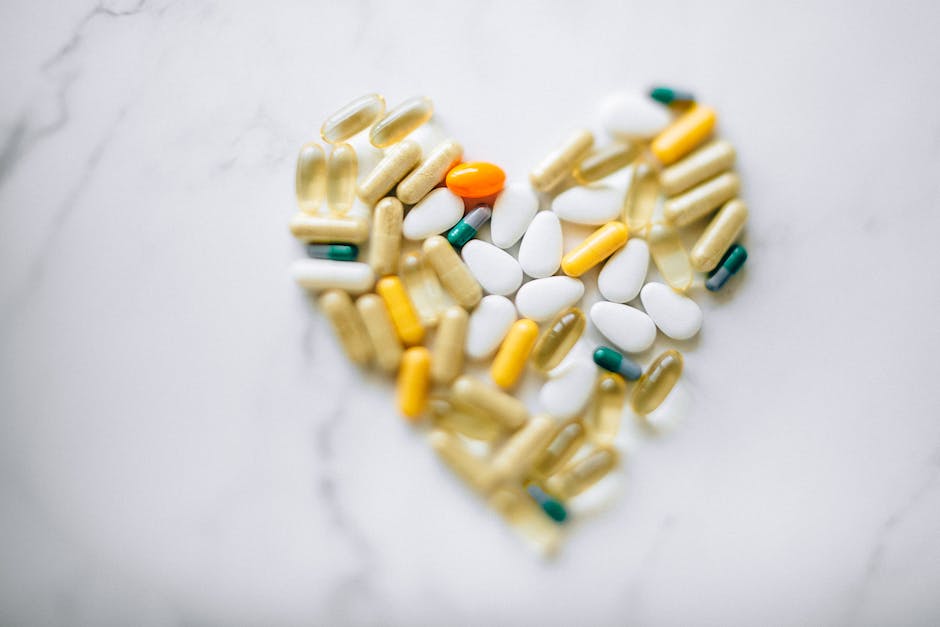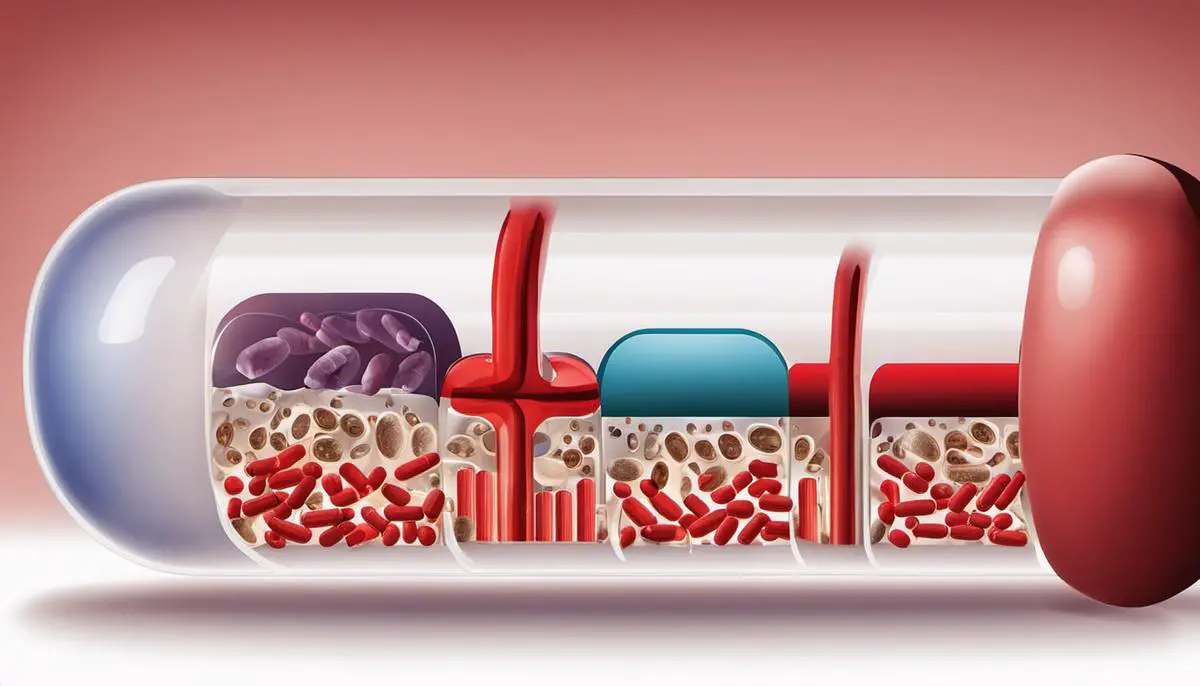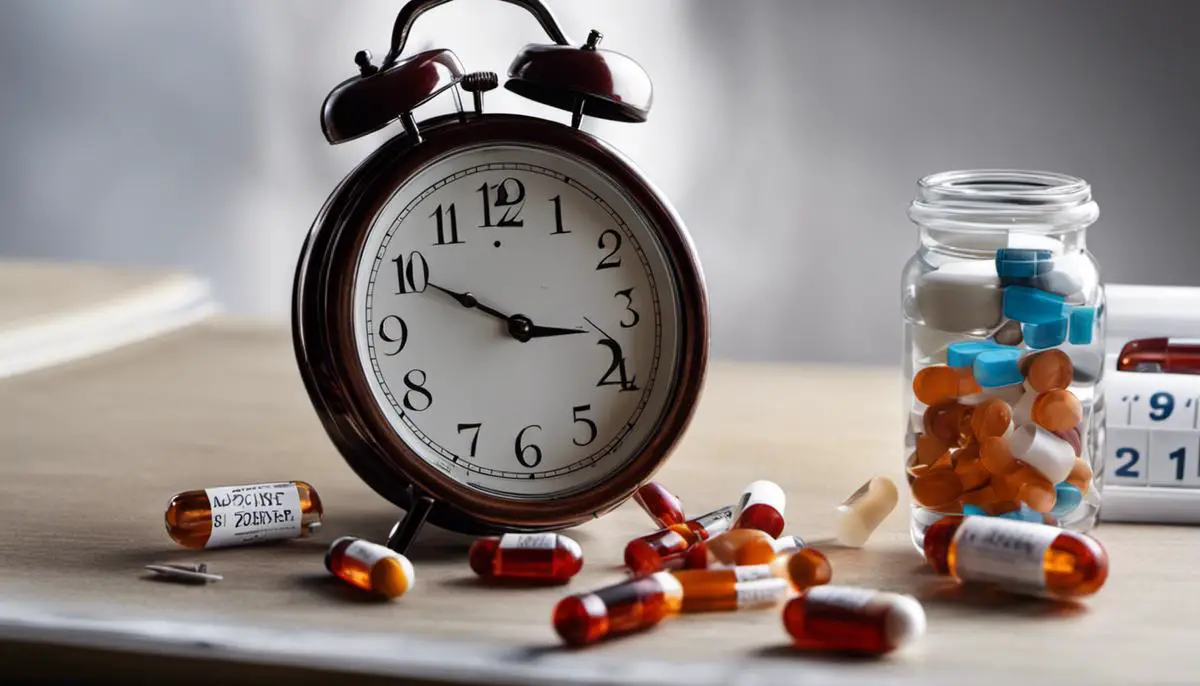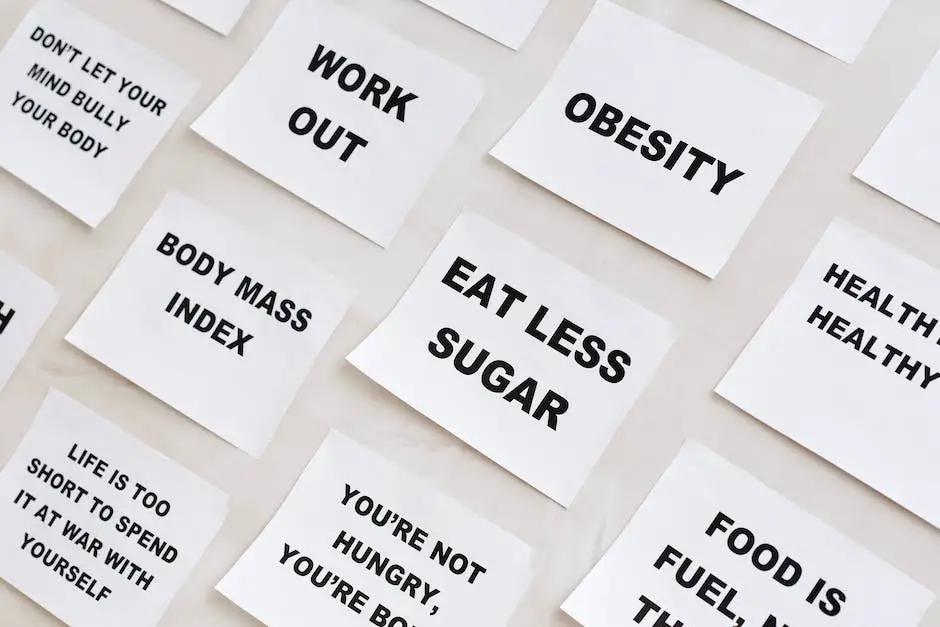Strokes are life-altering medical events that can result in drastic implications on an individual’s quality of life, emphasizing the critical need to prioritize prevention strategies. The purpose of this discourse is to provide an overview of how medications play an integral role in preventing stroke, highlighting how they aid in mitigating key risk factors such as high blood pressure and blood clots. Furthermore, an exploration of the wide range of stroke prevention medications introduces a greater understanding of their individual advantages, disadvantages, and potential side effects. Aimed at empowering the general public with knowledge, the discussion also underscores the vital importance of proper usage and adherence to medication. Yet, while medicine is pivotal, it is merely one facet of a comprehensive stroke prevention strategy, necessitating discussions on lifestyle modifications and non-drug interventions that accompany medication use.
Understanding Stroke
Understanding Stroke: Definition and Types
A stroke occurs when blood supply to part of the brain is interrupted or decreased, preventing brain tissue from getting oxygen and nutrients. This can result in brain cells beginning to die in minutes. There are primarily two types of strokes: Ischemic and Hemorrhagic. An Ischemic stroke, constituting about 87% of all strokes, occurs when blood vessels that supply the brain become narrowed or blocked, causing severely reduced blood flow (ischemia). A Hemorrhagic stroke occurs when a blood vessel in the brain leaks or bursts (ruptures).
Risk Factors and Consequences
The risk of stroke increases with age, but they can occur at any age. Lifestyle factors such as obesity, heavy or binge drinking, and use of illicit drugs such as cocaine and methamphetamines also pose risks. Medical conditions including high blood pressure, high cholesterol, diabetes, obstructive sleep apnea, cardiovascular disease, personal or family history of stroke, heart attack or transient ischemic attack, also contribute as risk factors. The consequences may consist of difficulty with speech and swallowing, memory loss or thinking difficulties, emotional problems, pain, numbness, or other unusual sensations, etc.
The Importance of Prevention: Stroke Prevention Medications
Given the serious consequences that can result from a stroke, prevention is crucial. Doctors may prescribe several drugs to reduce the risk of stroke, including anti-platelet drugs like aspirin, clopidogrel, dipyridamole, ticlopidine, and anticoagulants like warfarin, heparin, dabigatran, rivaroxaban, edoxaban, and apixaban. Antiplatelet drugs make the platelets in the blood less sticky and less likely to clot. Anticoagulants decrease the clotting (coagulation) ability of the blood.
Controlling Blood Pressure and Cholesterol
Frequently high blood pressure and cholesterol are key risk factors for stroke. Hence, managing these conditions is critical to reduce the chances of experiencing a stroke. Depending on individual health conditions, doctors recommend medications such as thiazide diuretics, angiotensin-converting enzyme (ACE) inhibitors, angiotensin II receptor blockers (ARBs), calcium channel blockers, or statins to help manage blood pressure and cholesterol levels.
Diabetes Control in Stroke Prevention
Diabetes significantly increases the risk of stroke due to high blood sugar levels damaging the blood vessels. To prevent strokes in people with diabetes, doctors prescribe insulin or other glucose-lowering medications.
Stop Smoking: Medications to Help
Cigarette smoking is a strong, independent risk factor for stroke. To help people quit smoking, certain medications such as nicotine replacement therapies, varenicline (Chantix) and bupropion (Zyban) can be prescribed. These can significantly reduce the person’s likelihood of having a stroke.
As a member of the general public, it’s vital to understand that while certain medications can help prevent a stroke, they shouldn’t replace the need for maintaining a healthy lifestyle. This lifestyle includes a consistent exercise routine, a diet that’s rich in fresh fruits and vegetables and low in sodium and saturated fat, maintaining of a healthy weight, and limiting intake of alcohol and tobacco. Prior to initiating any medication regimen, professional consultation with a healthcare provider is always the best course of action.

How Medications Help Prevent Stroke
Understanding Medications for Preventing Strokes
A stroke is a serious health situation requiring immediate medical attention, resulting from a disruption in the blood supply to a part of the brain, causing potential harm to brain cells. Critical to the prevention of strokes is the administration of specific medications. These medications work to lower high blood pressure, minimize blood clotting, and manage cholesterol levels – all of which are fundamental causes of strokes.
Blood Pressure Lowering Medications
High blood pressure, also known as hypertension, is a significant risk factor for stroke, as it can damage and weaken the brain’s blood vessels, causing them to narrow, rupture or leak. It can also lead to the formation of blood clots that further block blood flow to the brain. Several types of medications are useful in controlling high blood pressure. These include Angiotensin-converting enzyme (ACE) inhibitors, Angiotensin II receptor blockers (ARBs), Diuretics, Beta-blockers, and Calcium channel blockers.
These medications work differently, yet their main objective remains the same – to relax and open the blood vessels or reduce blood volume, which in turn lowers the blood pressure. It’s important to note that the choice of medication can vary depending on the patient’s overall health and the presence of other diseases such as diabetes or heart disease.
Anticoagulant and Antiplatelet Medications
The primary purpose of these medications is to prevent the formation of blood clots, a leading cause of stroke. Antiplatelet drugs, such as Aspirin, work by preventing platelets (a type of blood cell) from clumping together to form a clot. Anticoagulants, such as Warfarin or newer drugs like Dabigatran (Pradaxa), Rivaroxaban (Xarelto), or Apixaban (Eliquis), work by increasing the time it takes for your blood to clot, thereby reducing the risk of stroke.
These medications are especially critical for individuals with atrial fibrillation, a condition characterized by irregular rapid heart rhythms that may lead to clot formation in the heart, which can subsequently travel to the brain and cause a stroke.
Cholesterol Lowering Medications
High cholesterol can lead to the buildup of deposits called plaques in arteries. These plaques can narrow or block the blood vessels, leading to a stroke. Statin drugs, such as Atorvastatin (Lipitor), Rosuvastatin (Crestor), and Simvastatin (Zocor), are often used to lower cholesterol levels. They work primarily by blocking the substance your body needs to make cholesterol.
Additionally, they help your body reabsorb cholesterol that has accumulated on your artery walls, preventing further blockage, and they decrease inflammation that can contribute to the rupture of plaques, leading to blood clots and strokes.
Adopting a Healthy Lifestyle and Consulting with Your Doctor Regularly
Stroke prevention involves more than just medications; it significantly depends on vital lifestyle changes as well. Adopting a balanced diet, exercising on a routine basis, quitting smoking, and moderating alcohol consumption can significantly contribute to regulating high blood pressure, preventing clot formation, and managing cholesterol levels. It’s imperative to regularly consult with your doctor to evaluate stroke risks and make required medication modifications.

Different Types of Stroke Prevention Medications
The Role of Antiplatelet Drugs in Preventing Strokes
Antiplatelet medications are one of the top recommended drug classes for stroke prevention. Their primary function is to prevent platelets in your blood from sticking together to form a clot. Under circumstances where there is damage to your blood vessels or a buildup of cholesterol, known as atherosclerosis, platelets band together to prevent bleeding. However, these same clots can potentially obstruct blood vessels, leading to a stroke. Aspirin, Clopidogrel (Plavix), and Ticagrelor (Brilinta) are widely used antiplatelet drugs. You should be aware that while these drugs are effective in reducing the risk of stroke, they can also lead to excessive bleeding since they interfere with the clotting process of your blood.
Anticoagulant Medications
Anticoagulants, often referred to as blood thinners, are another type of medication used for stroke prevention. They don’t actually ‘thin’ the blood but work by increasing the amount of time it takes for your blood to clot. This makes it less likely for harmful clots to form. Warfarin (Coumadin), Dabigatran (Pradaxa), Rivaroxaban (Xarelto), and Apixaban (Eliquis) are examples of anticoagulants. These medications are commonly used in patients with atrial fibrillation (an irregular heartbeat) or those at high risk of stroke. Anticoagulants, while effective, also carry a risk of excessive bleeding and require regular blood monitoring.
Blood Pressure Medications
High blood pressure is one of the leading causes of stroke. Managing blood pressure is thus an essential part of stroke prevention. Various classes of blood pressure medications are available, including ACE inhibitors, ARBs, beta-blockers, calcium channel blockers, and diuretics. They each work in slightly different ways to lower blood pressure, either by relaxing the blood vessels, reducing the volume of fluid in the blood, or reducing the heart rate. While these medications effectively lower blood pressure, they come with side effects such as dizziness, headaches, and kidney damage, among others.
Statins for Stroke Prevention
Statins are primarily known as cholesterol-lowering drugs. They’re highly effective at reducing LDL (bad cholesterol) levels, which can build up and block blood vessels, leading to a stroke. However, recent research has shown that statins may also aid in stroke prevention by stabilizing plaques in the arteries and reducing inflammation. Some examples of commonly used statins include Atorvastatin (Lipitor) and Simvastatin (Zocor). While they are generally well-tolerated, potential side effects include muscle pain, liver damage, and increased blood sugar levels.
Additional Prevention Medications
Beyond the commonly prescribed drugs, there are several other medications for stroke prevention. Drugs to control blood sugar in diabetic patients, for example, can significantly reduce their stroke risk. Antiarrhythmics are used to manage irregular heart rhythms, a crucial measure for atrial fibrillation patients who have an increased risk for strokes. It’s important to note that combining different medications can create a comprehensive approach to stroke prevention. However, one must be aware that each medication comes with its particular potential side effects and risks, underscoring the need for continuous interaction with healthcare practitioners.

Proper Usage and Potential Side Effects
Observing Medication Guidelines Diligently
The stringent compliance to prescribed medication is integral in averting strokes and gaining maximum therapeutic benefits. This compliance involves adhering to the recommended dosage, timing, and duration prescribed by a healthcare provider. This adherence is especially important for individuals with an elevated risk of strokes, which includes those with hypertension, atrial fibrillation, and a past history of stroke or transient ischemic attack (TIA), or those with certain genetic conditions. Regular reviews with your healthcare provider ensures the continued effectiveness of the medication and allows for dose adjustments if necessary.
There exists a variety of medications specifically tailored to prevent strokes, each functioning in unique ways. These could be through reducing blood pressure, decreasing cholesterol levels, or hindering the formation or enlargement of blood clots. Among these medications, you find anticoagulants and antiplatelet drugs that curb clotting, as well as antihypertensives, statins, and diuretics that help manage contributing risk factors like elevated blood pressure and cholesterol levels.
Potential Side Effects
Like any other medication, stroke prevention drugs may have potential side effects. Anticoagulants and antiplatelet drugs can increase the risk of bleeding. This may manifest as easy bruising, prolonged bleeding from cuts, bloody or tarry stools, or unusually heavy menstrual flows. Some people may also experience upset stomach, nausea, or diarrhea.
Antihypertensives can cause dizziness, rapid or slow heart rate, erectile dysfunction, or depression, among other side effects. Statins, on the other hand, may cause muscle pain, digestive problems, and occasionally mental fog or confusion.
Responding to Side Effects
Not everyone taking stroke prevention medications will experience side effects, but when they do occur, it is crucial to take appropriate steps. Minor side effects may resolve on their own as your body adjusts to the medication. If they persist or worsen, consult your healthcare provider. Do not stop taking your medication without talking to your healthcare provider, as this may raise your risk of stroke.
For significant or severe side effects such as serious bleeding, chest pain, shortness of breath, or signs of allergic reactions, seek immediate medical attention.
Understanding Your Role and the Role of Healthcare Professionals
In the fight against strokes, healthcare professionals are invaluable allies who help in developing effective therapeutic action plans. Their strategies are based on evidence-backed results and they take into account an individual’s medical history, lifestyle, and the potential benefits and risks of various medications. Frequent consultations with these professionals allow for the careful monitoring and necessary adjustments to these plans.
In this collaborative effort, your open communication with healthcare providers is vital. Address any concerns you might have about these preventive medications, such as potential side effects, their impact on your daily living, or their overall effectiveness. Your healthcare professional can then provide advice that’s tailored to your unique situation, enabling you to make well-informed decisions on your health. Taking an active part in this treatment plan improves results and can considerably lower your stroke risk.

Lifestyle Modifications & Non-Drug Measures
Making Lifestyle Adjustments for Stroke Prevention
In addition to medical intervention, making changes to your daily habits can significantly prevent strokes. These include adhering to a nutritious diet, maintaining a regular workout regime, limiting alcohol consumption, and quitting habits like smoking.
A diet that’s beneficial in preventing strokes should consist of a good balance of lean proteins, fruits, vegetables, and whole grains, while keeping sodium, trans fats, and saturated fats at a minimum. Essentially, foods that are low in cholesterol but high in fiber are preferred since they decrease the chances of atherosclerosis, a condition that causes hardened arteries leading to a possible stroke.
The importance of regular physical exercise can’t be stressed enough. As per the American Heart Association’s guidelines, adults should strive to complete at least 150 minutes of moderate-intensity aerobics, or 75 minutes of strenuous aerobics every week. Regular physical activity aids in maintaining a healthy weight, reduces blood pressure, and fortifies overall cardiovascular health.
Alcohol consumption must be strictly moderated as heavy drinking can cause high blood pressure, lead to obesity, and other health issues that escalate the risk of a stroke.
Last but not least, quitting smoking goes a long way towards stroke-prevention. Smoking can cause blood thickening and increase the risk of clot formulation. It can also damage the walls of blood vessels and promote plaque build-up – all of which can lead to a stroke.
Non-Drug Measures in Stroke Prevention
Non-drug measures, often termed non-pharmacological interventions, are non-medication related strategies to prevent strokes. These carry equal importance and work in conjunction with medications.
One of these non-drug measures is regular check-ups and monitoring of blood pressure. Hypertension, or high blood pressure, is one of the major risk factors for stroke. Regular monitoring of blood pressure, whether in a clinical setting or at home, can help detect hypertension early and allow for preventive interventions.
Cholesterol monitoring is another non-drug measure. High cholesterol levels can contribute to atherosclerosis, thus, regular lab tests to check cholesterol levels can be a useful preventive strategy.
Patient education also falls under non-drug measures. Being knowledgeable about the risk factors, symptoms, and prevention strategies for stroke is invaluable. It empowers individuals to take control of their health, make informed decisions, and promptly seek medical attention when needed.
Remember that medications are just a part of stroke prevention approach. These lifestyle modifications and non-drug measures not only help in preventing stroke but also contribute to overall wellbeing and improved quality of life.

Given the complexity and potential severity of strokes, preventative strategies are of crucial importance. Medicines play a significant role by reducing blood clots, managing cholesterol levels and controlling high blood pressure, three principal instigators of strokes. Understanding the various types of medications, their advantages, disadvantages, side effects and most importantly, the correct usage is paramount. Yet, an effective stroke prevention approach is not solely dependent on medication. Lifestyle modifications like a balanced diet, regular exercise, abstaining from smoking, coupled with non-drug measures, serve as vital reinforcements. Indeed, the amalgamation of medication use with positive lifestyle practices provides a solid foundation for successful stroke prevention. It’s important to start the journey toward stroke prevention by seeking advice from healthcare professionals, embracing an informed way of life.
